Common Cat Myths That Are Actually Completely False
Cats come with plenty of personality and even more misunderstandings. Over the years, assumptions about their behavior and even basic care have turned into stubborn myths. It’s time to untangle what’s real and what’s just folklore. Here are the cat myths that deserve a permanent nap in the litter box of history.
Cats Can Live on a Vegan Diet
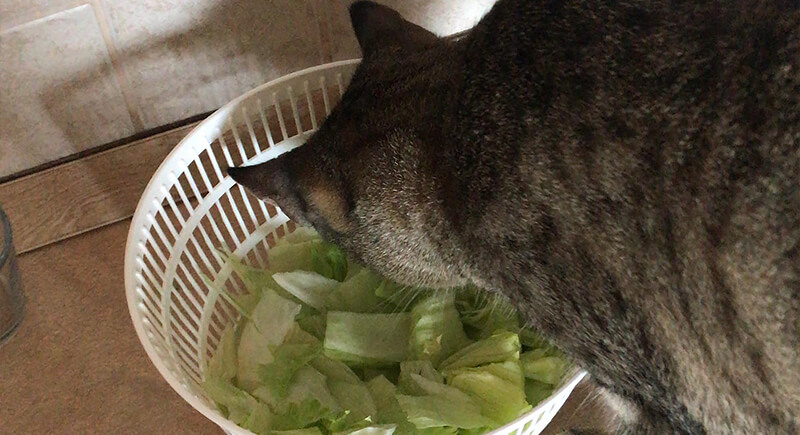
Credit: Reddit
As obligate carnivores, cats’ bodies rely on nutrients that only come from animal protein, like taurine, which supports vision, heart function, and digestion. Without it, cats can suffer serious health issues. Unlike humans, cats can’t adapt to a meatless diet, no matter how carefully it’s planned.
Black Cats Bring Bad Luck

Credit: pexels
This superstition changes depending on where you are. In the U.S. and parts of Europe, black cats get blamed for bad luck, thanks to old associations with witches. In Japan or Scotland, they’re linked to good fortune and wealth. Either way, none of it holds up scientifically. Black cats are just cats.
Cats Always Land on Their Feet
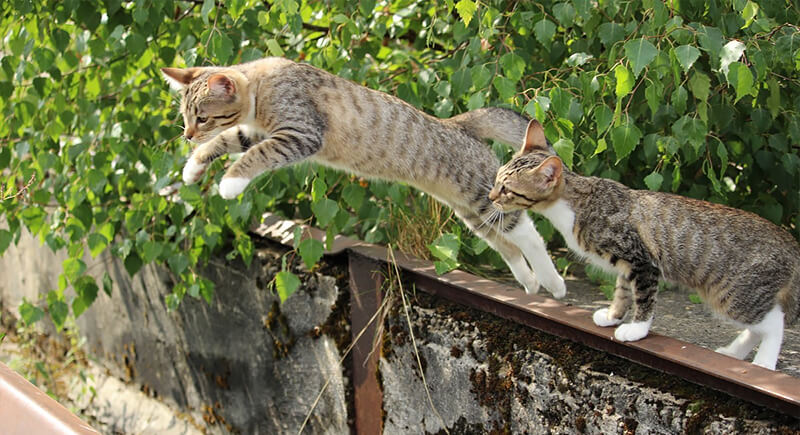
Credit: pxhere
Thanks to a “righting reflex,” cats can twist mid-air and try to land upright, but this doesn’t make them fall-proof. The reflex only works when there’s enough time to adjust. Falls from short distances or awkward positions can still end in broken bones or worse, especially for older or heavier cats.
Milk Is Good for Cats
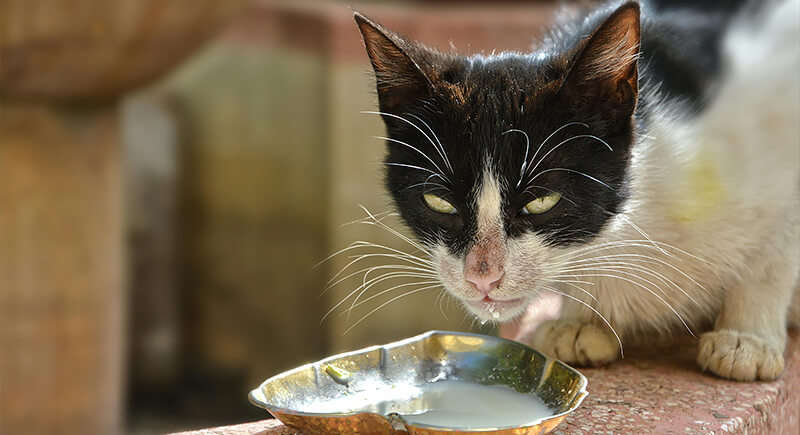
Credit: pexels
A cat happily lapping from a bowl of milk is a classic image. However, the reality is that most adult cats are lactose intolerant. Once they’re weaned, they lose the enzyme lactase, which is needed to digest dairy. Drinking milk can leave them with diarrhea, gas, or vomiting.
Purring Means a Cat Is Happy

Credit: Canva
Purring can signal contentment, but it’s also used during moments of stress, fear, or pain. It’s a self-soothing behavior that helps cats calm themselves or signal that they need comfort. Some even purr when they’re close to giving birth or recovering from injury.
Cats Are Nocturnal
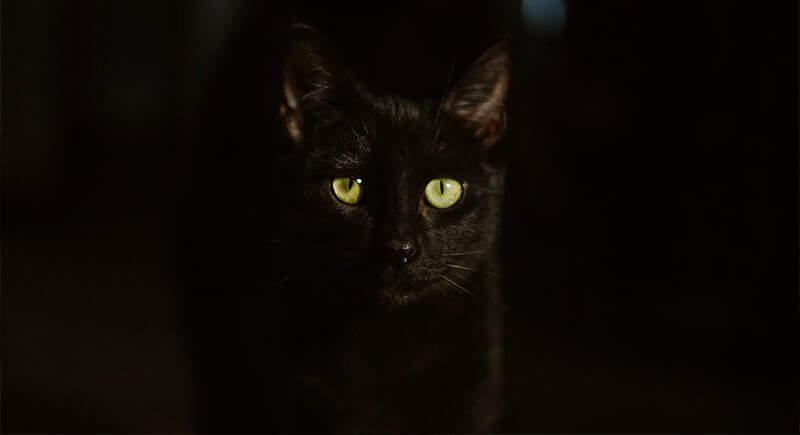
Credit: pexels
They’re crepuscular, which means they’re wired to be most active at dawn and dusk. That schedule worked well for hunting small prey in the wild. Indoors, it just makes them oddly energetic right when you’re waking up—or trying to fall asleep.
They Don’t Need Vet Visits Unless Sick
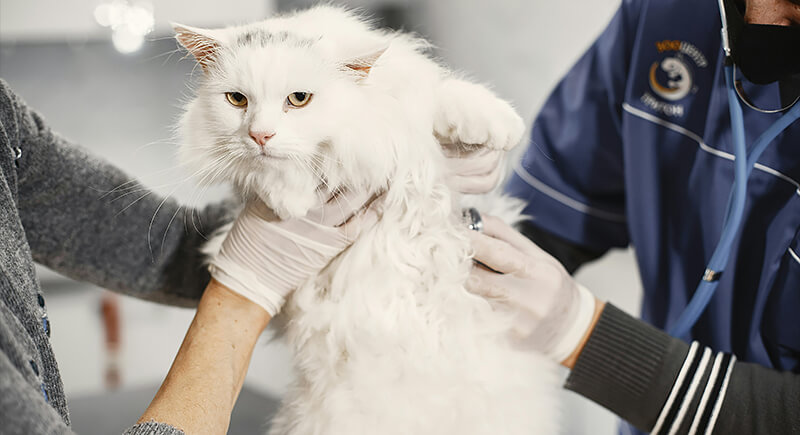
Credit: pexels
Just because cats don’t act sick doesn’t mean they’re healthy. They’re known for hiding discomfort as an evolutionary survival habit. Regular checkups catch early signs of illness, dental problems, or weight changes. Yearly vet visits are recommended for adults; twice a year for seniors.
Cats Hate Water
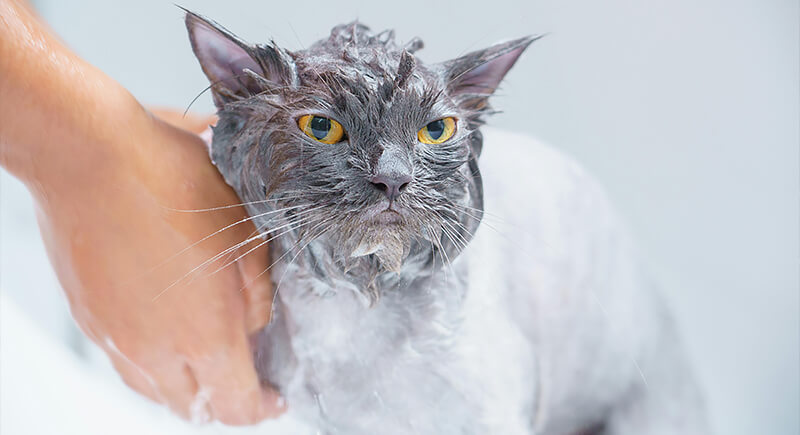
Credit: pexels
Most cats don’t enjoy baths, but water itself isn’t the problem. Some cats are even fascinated by dripping faucets or even jump into the shower. The dislike likely comes from how their fur holds moisture—slow drying can feel heavy and cold. Breeds like Bengals and Turkish Vans are more likely to enjoy water play.
Declawing Is Harmless
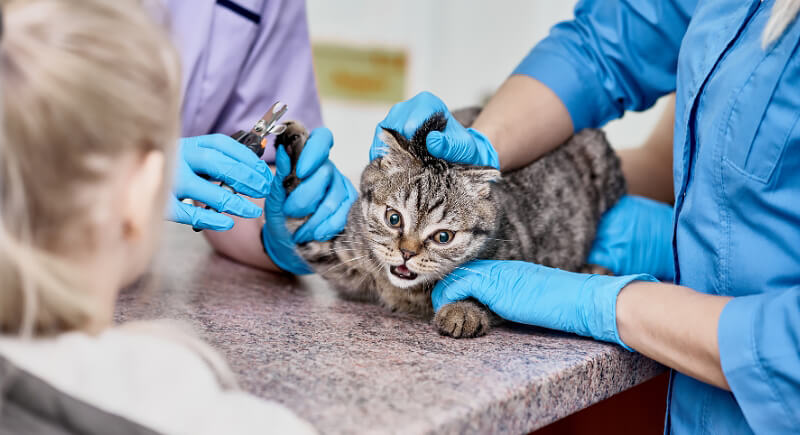
Credit: Getty Images
Declawing is a full amputation of the last bone on each toe. It can lead to long-term pain, behavioral changes, and difficulty walking. Many vets and animal welfare groups now classify it as inhumane. Regular nail trims and soft nail caps are far safer alternatives that don’t cause permanent damage.
They Can See in Total Darkness
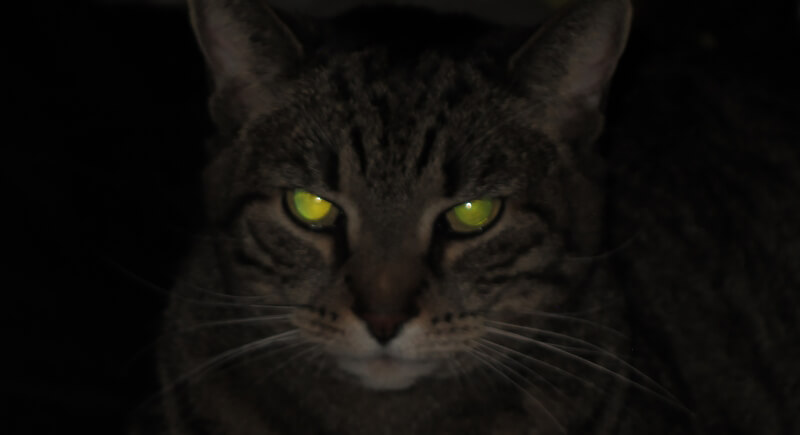
Credit: Getty Images
Cats have excellent night vision, but they can’t see in absolute darkness. Their eyes are designed to amplify low light using a reflective layer called the tapetum lucidum, which is why they seem to glow at night. But in a pitch-black room with no light source at all, they’re just as blind as humans.
Cats Don’t Love Their Owners
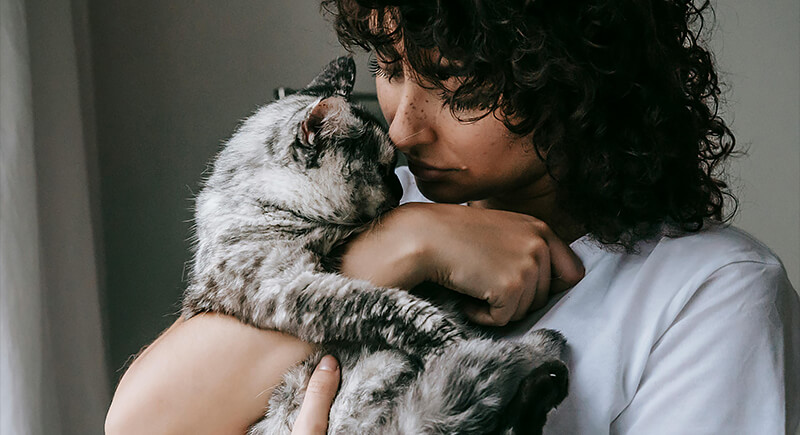
Credit: pexels
Cats might not wag their tails or jump excitedly, but they show affection by rubbing against your legs or choosing your lap over any other spot. Research has shown that cats form secure bonds with humans, much like dogs and babies.
Indoor Cats Don’t Need Vaccines
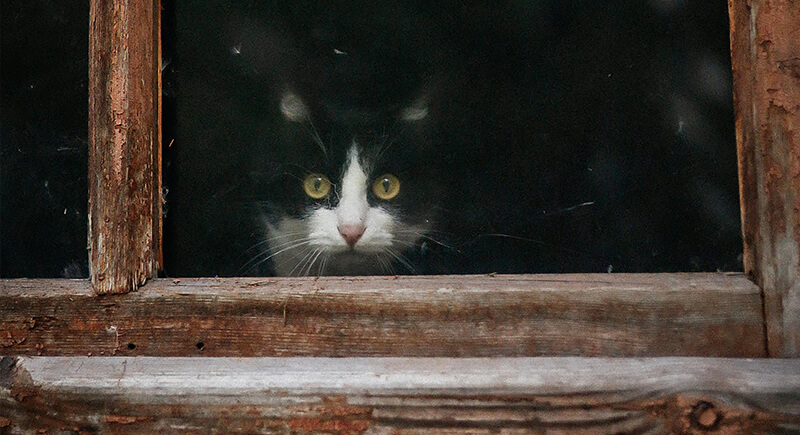
Credit: pexels
Even if they never step outside, indoor cats still face risks. Viruses can travel indoors on shoes, clothes, or visitors. Some diseases—like feline panleukopenia or herpesvirus—are airborne. Core vaccines help build immunity regardless of exposure level.
Cats and Dogs Can’t Get Along
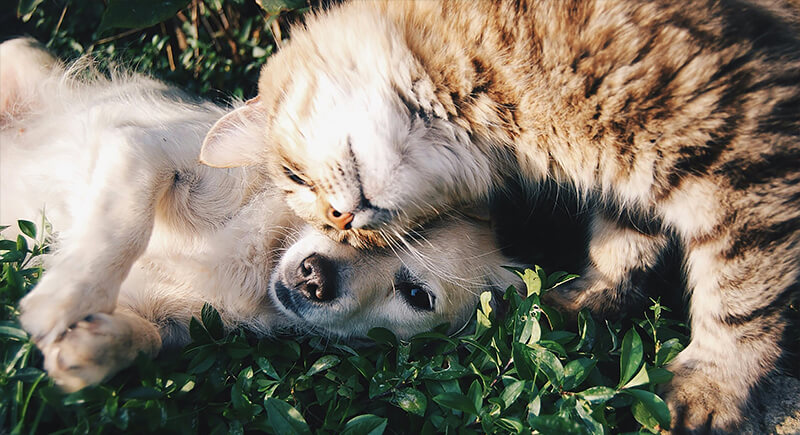
Credit: pexels
Plenty of households have both species living in peace. Successful introductions depend on timing, space, and patience. Dogs that respect boundaries and cats that aren’t startled by movement often end up coexisting, or even bonding. A slow introduction with supervision helps build trust.
They’re Fine Alone For Days
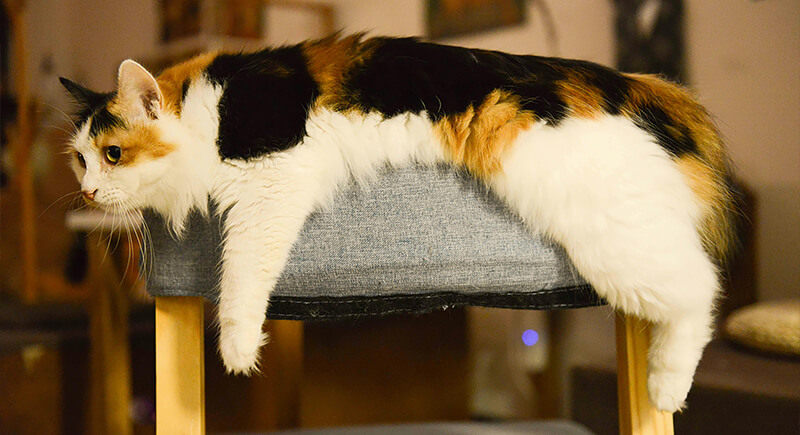
Credit: pexels
Independence doesn’t mean they like being ignored. Cats need social interaction, routine, and someone to notice if they’re unwell. Leaving a cat alone with an auto-feeder for a weekend can lead to stress or missed health issues. They may act aloof, but they’ll notice the absence.
They Can’t Be Trained
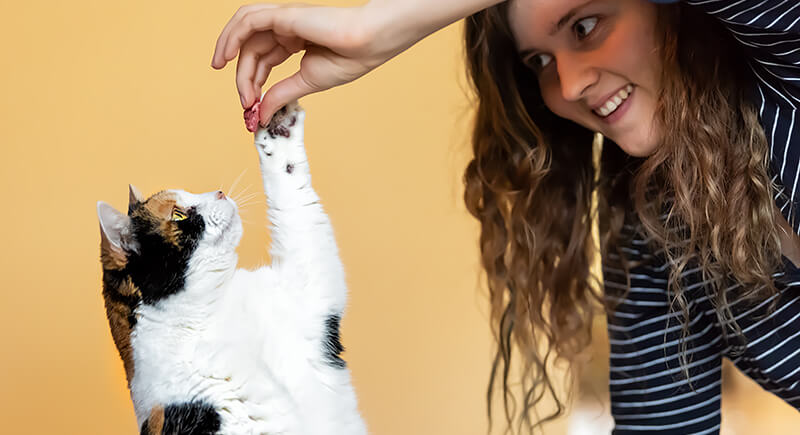
Credit: iStockphoto
With positive reinforcement, they can learn to sit, ring bells, or even walk on a leash. Clicker training works especially well, and short sessions keep it fun. You won’t turn them into show ponies, but they’re smarter than they let on. If they’re ignoring you, it’s probably by choice.